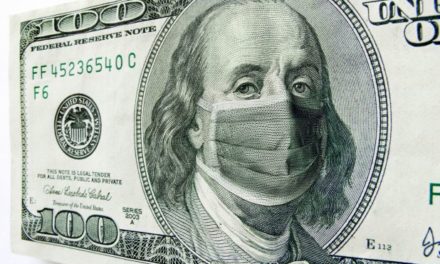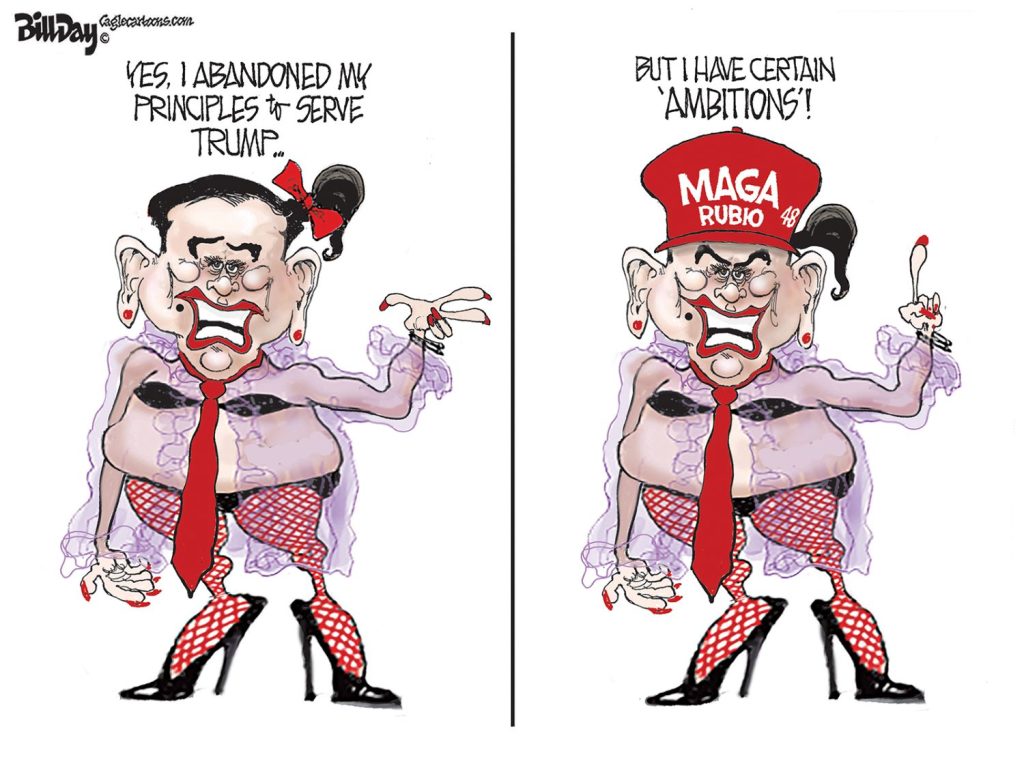In response to a question from us about the battle about sales tax increases, our favorite authority on school funding, Jimmie Covington, former Commercial Appeal reporter and now freelance journalist, offered his view of the taxes, the strategies, the law, and the possibility that Memphis children will have less spent on them. Here’s what he said:
It is s a little bit complicated. Actually, I think it probably would mean increased funding for the schools in the municipalities if they succeed in creating separate districts. I ran some figures about a year ago and found that 78.1 percent of the local sales tax revenue was being collected in Memphis, which would mean that 21.9 percent was being collected in the county outside Memphis. The division of the schools’ one-half share of the countywide local sales tax is ADA-based and not site-based. I think the school systems’ ada this past year was about 68 percent city and 32 percent county. Thus some of the sales tax revenue collected in Memphis has gone to county schools. (The reverse is true in property tax revenue, which is larger than the sales tax revenue. When you combine the two revenues and look at where the money ends up, you will see that taxpayers in the county outside the city have been providing a “subsidy” for schools within Memphis, which will continue regardless of whether suburban distracts are established.)
Of course, we don’t have ADA figures yet for any municipal districts, but it seems to me that since more than 75 percent of the local sales tax revenue is collected in Memphis, shifting half of the one-half-cent sales tax increase recently approved by voters in most of the suburbs to the countywide school fund (where the money must be divided by ADA) would result in more money for the schools in at least most of the suburbs than they would receive in retaining all of the voter-approved one-half-cent increase as a municipality only tax.
However, there is a little potential problem that at least some of the suburbs might face: Half of the one-half-cent increase might not be enough to be the equivalent of 15 cents on the municipal property tax rate that the state requires for municipal school districts. It doesn’t seem to me that this would be a major problem.
In addition to providing more money for schools wherever they are, the major impact on having a countywide one-half-cent tax increase would be on the revenue for Memphis city government. Instead of getting $47 million for general government purposes the government would receive only $23.5 million. I haven’t seen any reference to that in any of the stories on the city’s action to put the issue on the ballot.
I have thought all along that county officials would at some point wake up and seek to make the increase countywide particularly since they are going to be under pressure to provide more money for the merged district. My thinking has been, and this may still be the case, that they would probably wait until after the city vote. If the city increase is approved by voters, the county referendum to convert the increase to countywide would be open only to voters in unincorporated areas and Millington if Millington’s rejection of the increase stands. It hasn’t been explained in the stories I have read but that is what I think Ritz is probably referring to when he says that voters in the unincorporated areas might not vote for the increase. On the other hand, I think an argument could be made to unincorporated area voters that making the tax countywide would shift money from Memphis city government to schools.
Another issue: If the County Commission votes within the next 20 days or so hold a sales tax referendum, the Memphis sales tax referendum ordinance will be held in abeyance until the county referendum is held. The voters in the suburbs that have approved the tax increase would not be eligible to vote in the county referendum.
It is all sort of convoluted.
One thing to keep any eye on in all of this school discussion: Unless the county provides a hefty increase in funding for schools, schools within Memphis will be funded at a lower level than they were before the surrender of the charter. Schools in the merged district in the county outside Memphis would be funded at at least the same level as their funding in recent years and schools in any new municipal districts would be funded at a little higher level than they have been in the past as a result of the state requirement that municipalities spend at least the equivalent of 15 cents on their property tax rates on schools. A countywide one-half-cent sales tax increase would apparently provide somewhere around $30 million in revenue for schools, which would have to be shared with any new municipal districts. Schools within Memphis will “lose” somewhere around $68 million from Memphis when the merger goes into effect.



